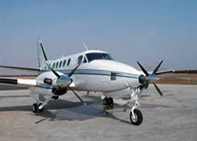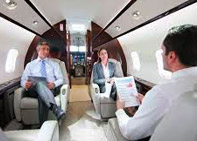Luxury air travel by private jets is a popular mode of commute among the global elite. Teenage climate activist Greta Thunberg may have touched the conscience of many environmentalists who wish for viable solutions to the climate challenge; however, private jets are still expected to have a projected growth, especially due to those who are time-pressed and super-rich.
Private jets and global emissions
Let’s take an example of one of the world’s most popular commercial jets – a Boeing 737 – it will burn somewhere in the region of 750 gallons an hour. According to the US Energy Information Administration, jet fuel produces 9.57kg of CO2 per gallon burnt. Consider the Cessna Citation XLS, a popular private jet model – it burns around 210 gallons of fuel per hour, producing around 6,030kg of CO2 in a three-hour flight. The amount of CO2 produced varies depending on the model. The overall emissions from flying on a private jet are typically lower than those produced by a commercial jet.
Jets and types of greenhouse gases produced.
Jet engines emit water vapour along with carbon dioxide. The engines also emit nitrogen oxides, including nitric oxide and nitrogen oxides, particulates (soot), carbon monoxides, partially combusted hydrocarbons (volatile organic compounds or VOCs), and other trace compounds.
For nitrogen oxide and water vapour emissions, the climate impact is mainly felt at high altitude. Nitrogen oxides chemically react with light to form ozone. The ozone production is much higher in the upper atmosphere as the higher intensity of light produces more ozone from Nitrogen oxide emissions. In the report Aviation and the Global Atmosphere, the Intergovernmental Panel on Climate Change (IPCC) highlighted that aviation emissions have about two times the impact of ground-based emissions.
Greener future with new technology
Electric aircraft are touted as one possible technological solution to minimize environmental damage for air travel. Uber and Germany’s Volocopter are poised to commercially introduce their fleets of electric helicopters. In reality, further new aeroplane designs and systems can radically bring in solutions to climate change.








Leave a Reply
You must be logged in to post a comment.